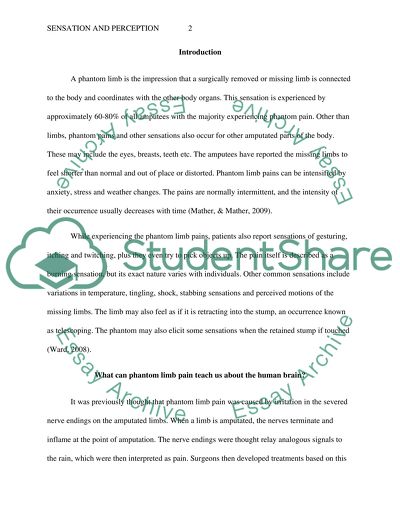Cite this document
(“Sensation and Perception Essay Example | Topics and Well Written Essays - 1250 words”, n.d.)
Retrieved from https://studentshare.org/psychology/1492722-sensation-and-perception
Retrieved from https://studentshare.org/psychology/1492722-sensation-and-perception
(Sensation and Perception Essay Example | Topics and Well Written Essays - 1250 Words)
https://studentshare.org/psychology/1492722-sensation-and-perception.
https://studentshare.org/psychology/1492722-sensation-and-perception.
“Sensation and Perception Essay Example | Topics and Well Written Essays - 1250 Words”, n.d. https://studentshare.org/psychology/1492722-sensation-and-perception.


